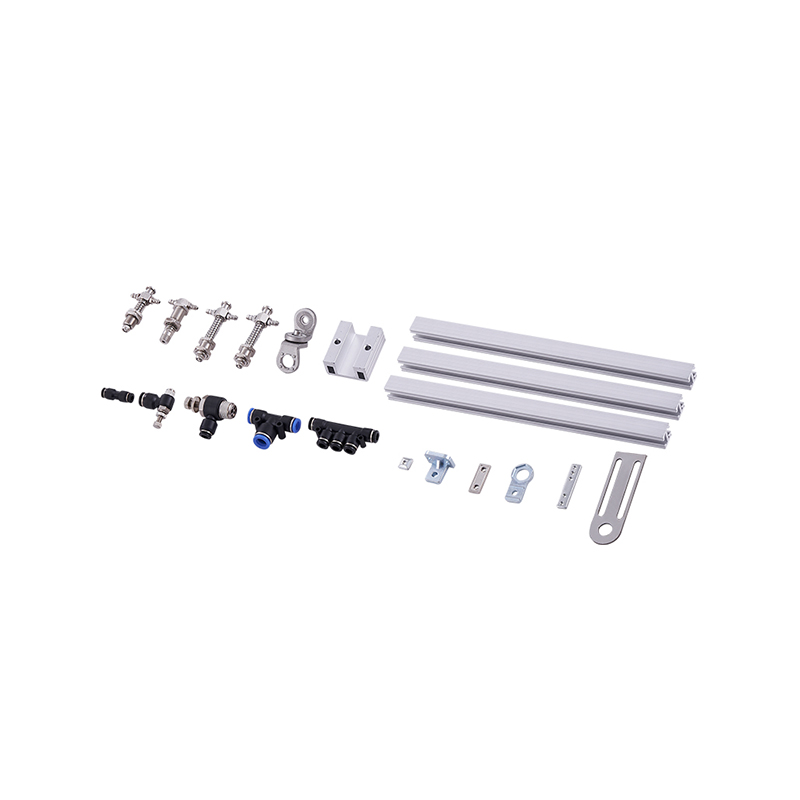The realm of robotics continues to expand with remarkable innovations in robotic arm technology. From precision robotic arms used in industrial settings to hand gesture-controlled robotic arms and versatile home robot arms, these advancements are making automation more accessible and intuitive than ever before.
Precision robotic arms are engineered for high-accuracy tasks that demand meticulous attention to detail. These arms are equipped with advanced sensors, high-resolution encoders, and precision actuators to achieve sub-millimeter accuracy in positioning and movement.
One of the standout features of precision robotic arms is their repeatability. They can perform complex tasks with consistent precision, making them indispensable in industries such as aerospace, medical manufacturing, and electronics assembly where precision is paramount.
Moreover, precision robotic arms often come with modular design capabilities, allowing for easy integration of additional tools or sensors. This versatility enables them to handle a wide range of tasks, from soldering and laser cutting to quality inspection and 3D printing.
Furthermore, the advanced control software and algorithms employed in precision robotic arms optimize their performance, adapt to changing conditions, and learn from previous tasks. This adaptive intelligence ensures efficient and reliable operation, even in dynamic or unpredictable environments.
Hand gesture-controlled robotic arms represent a leap in intuitive human-machine interaction. These arms are equipped with cameras, depth sensors, and gesture recognition software that allow users to control them using simple hand gestures or movements.
One of the key advantages of hand gesture-controlled robotic arms is their user-friendly interface. By eliminating the need for complex programming or manual control devices, these arms make automation more accessible to a broader audience, including those without technical expertise.
Moreover, hand gesture-controlled robotic arms promote a natural and intuitive interaction between humans and robots. Users can easily command the arm to perform specific tasks or movements by making predefined gestures, such as waving or pointing, making the interaction feel more fluid and intuitive.
Furthermore, the integration of artificial intelligence and machine learning algorithms in hand gesture-controlled robotic arms enables them to recognize and adapt to different users' gestures over time. This learning capability ensures accurate and responsive control, enhancing user experience and efficiency.
Home robot arms are designed to bring the benefits of robotic automation into domestic settings. These compact and user-friendly arms are equipped with a range of tools and features tailored for household tasks, such as cooking, cleaning, and organizing.
One of the standout features of home robot arms is their compact size and lightweight design, making them suitable for use in confined spaces or around furniture and appliances. Despite their small size, these arms are capable of performing a variety of tasks with precision and efficiency.
Moreover, home robot arms often come with a user-friendly interface and intuitive control options, such as smartphone apps or voice commands. This makes it easy for homeowners to program the arm to perform specific tasks or schedule automated routines according to their preferences.
Furthermore, the integration of sensors and safety features in home robot arms ensures safe operation around humans and pets. Built-in collision detection, obstacle avoidance, and emergency stop capabilities protect both the robot and its surroundings, small the risk of accidents or damage.
The world of robotic arms is evolving rapidly with innovations in precision robotic arms, hand gesture-controlled robotic arms, and home robot arms. These advancements are making automation more precise, intuitive, and accessible across various industries and applications.



 English
English 中文简体
中文简体 русский
русский Español
Español عربى
عربى












